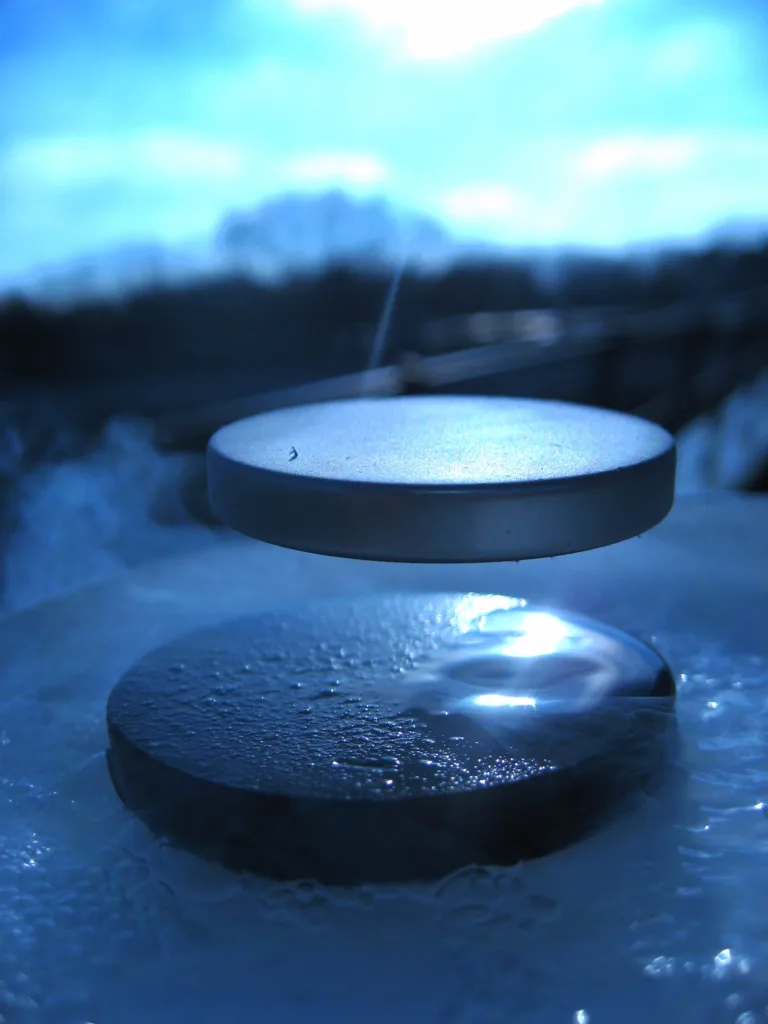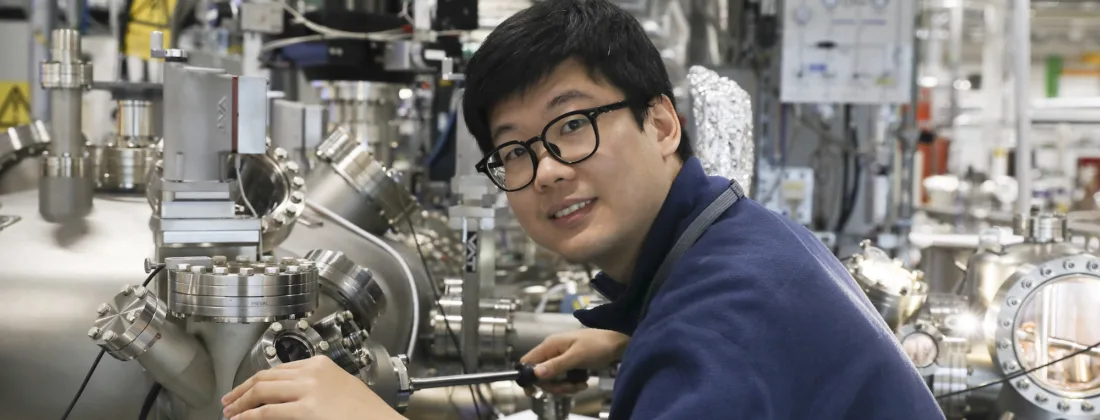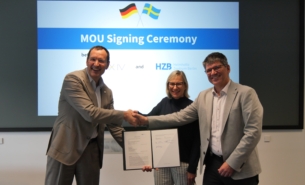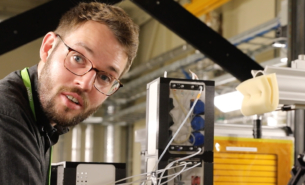A global goal of physics is greater knowledge of the mechanism of superconductivity. A research group from China and the United Kingdom recently reported in Nature Physics the pairing symmetry of iron-based superconductor KFe2As2, which contains only hole pockets on the fermi surface. The result, which includes measurements at BLOCH beamline, brings science closer to a unified theory of unconventional superconductivity for iron-based materials.
“Our finding of a common s± (Γ–M) pairing symmetry indicates that the system with both the electron and hole pockets and the system with only hole pockets may share a similar pairing mechanism that can be described by a unified theoretical framework,” said Dingsong Wu, researcher at the University of Oxford in the United Kingdom.
The results are controversial because, as compared to the pairing symmetry of iron-based superconductors with hole pockets and electron pockets, scientists have yet to concur on the pairing symmetry of heavily hole-doped superconductors such as KFe2As2 with only hole pockets. Pairing symmetry refers to how electrons at the fermi surface couple to each other.
The phenomenon of superconductivity occurs within materials with a second-order phase transition, and is definable with the appearance of supercurrents, meaning the flow of electricity with zero resistance. The extraordinary effect would enable electrical current to be transported without losses over extreme distances. The challenge lies in producing efficient superconductors that function above ultra-freezing (Kelvin) temperatures or at low pressures.
Minding the gap
The sample was measured using angle-resolved photoemission spectroscopy (ARPES) at BLOCH beamline. “One surprising aspect was the small hole Fermi surfaces around the Brillouin zone corner, which were measured via laser-based ARPES. This discovery was facilitated by the folding effect caused by the sqrt2*sqrt2 surface reconstruction, for which we obtained critical evidence at BLOCH. As a result, we observed those small hole pockets around gamma point. This made us able to obtain the entire superconducting gap and determine the pairing symmetry,” explained Wu.

The most substantial challenge they faced was measuring such a small gap, which was less than 1 meV, and reaching extremely low temperatures.
“To overcome this challenge, we developed our lab-based ARPES system to cool the sample to 0.8 K and achieve an energy resolution of 0.5 meV,” said Wu. “Through the combination of this powerful instrument and carefully designed experiments, we were ultimately able to measure the gap size along all Fermi surfaces.”
“We are glad that the BLOCH team could help in the interpretation of the data. It’s high quality and very good work. The part of the study done at MAX IV is a crucial part because it proves the conclusion that the bands (e1’- e4’) at G are actually the folded bands (e1– e4) from the M point. A crucial piece of information,” said Balasubramanian Thiagarajan, beamline scientist at BLOCH. He further explained that reconstruction of the sample surface made it possible to measure the larger k-space that is not typically accessible with laser ARPES.
“Working with BLOCH was an incredibly positive experience for our team. The experiments were highly successful, and we found the equipment to be user-friendly and convenient to use. The extremely small spot size allowed us to obtain high-quality data, which was crucial for our research,” said Wu. “In particular, we studied the origin of a band splitting in KFe2As2 and provided evidence of the folding effect. Overall, the process was completed efficiently and with high quality, contributing significantly to the success of our study.”
The study advances our understanding of the underlying mechanisms of high-temperature superconductors, which in turn, could enable potential new and more effective designs of superconductors that function at yet higher temperatures (i.e. towards room temperature) with future research.
Other recent research by the group on the mechanism of iron-based superconductivity includes findings on bilayer splitting and strong interlayer pairing in the superconductor KCa2Fe4As4F2, and spectroscopic evidence of superconductivity pairing at 83 K in single-layer FeSe/SrTiO3 films.
Wu and colleagues are currently focussed on work with heavy fermion systems, particularly heavy fermion superconductors and topological Kondo systems. These systems are characterized by strong correlations, presenting intriguing phenomena that challenge current understanding. Investigating these systems aims to deepen knowledge and uncover new insights into their unique properties and behaviour.




